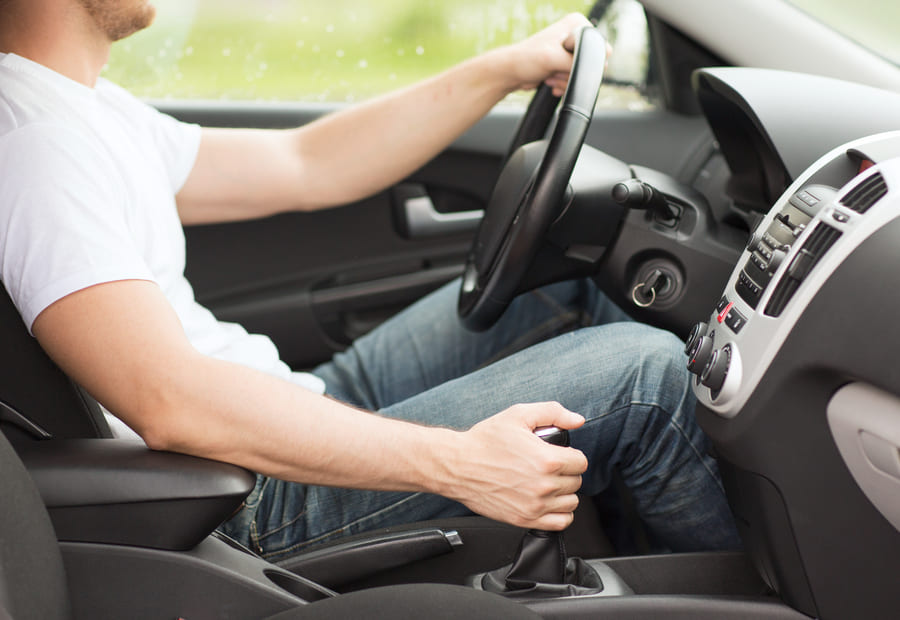
Typically braking a car involves depressing the brake pedal. But there is another way to reduce the speed of the vehicle, and that is engine braking. But how exactly does it work and what makes it different from regular braking? Let’s find out how you can use your vehicle’s engine as a brake.
Engine braking
The standard means of slowing down the car is stepping on the brake pedal. This is connected to the braking system, which then slows down the wheels of the car. There are a few different designs, but in general this is accomplished by applying friction to the wheels.
Engine braking works differently and involves a petrol engine and the driver taking their foot off the accelerator pedal. As the pedal is released, fuel injection stops and the throttle valve is almost completely closed, causing a significant reduction in airflow. The result of this is a strong manifold vacuum, that is the air pressure within the engine’s intake manifold, which is lower than the surrounding atmosphere, is unable to suck in air. The cylinders have difficulty compensating for this, thus sapping the energy they provide and slowing the vehicle down in the process. This doesn’t work if the car isn’t in gear, since the decelerative force created isn’t properly transferred to the drivetrain, or on diesel engines, as they don’t use a throttle body and have no comparable vacuum. Diesel engines instead require specialised brakes frequently called Jacobs brakes or Jake brakes and are particularly common in lorries. The overall effect of this type of braking can be enhanced by shifting the car into lower gears while releasing the acceleration pedal. Engine braking in automatic cars requires shifting to low mode.
Is engine braking bad for my car?
Engine braking increases the RPM of the motor. Whether this is a bad thing depends on two factors: how high the RPM rises and how long this state lasts. Even audible revving in response to engine braking need not be harmful so long as the RPM stays below the limit shown by the red indication on the dashboard. Staying within that area or at similarly high levels for extended periods of time can result in the engine overheating and strain the car’s cooling system.
The car’s transmission system also receives strain when switching from a high to a low gear too quickly. The gears and clutch plate may endure increased wear and tear, which can become an expensive problem to fix.
These risks can be overcome with practise and experience and result in a few benefits. Most importantly, engine braking reduces wear on the brake pads and lowers the risk of the braking system overheating.

Now, if you need to stop quickly and safely, this method won’t do the trick. There is no alternative to stepping on the brakes when an obstacle suddenly appears on the road ahead or the driver in front of you comes to a screeching halt themselves. Needless to say, running into an obstacle or other vehicle is definitely not good for your car.
When is engine braking a good idea?
There are some situations where engine braking is a better idea than using the brake pedal. When driving downhill for longer distances, stepping on the brakes can cause intense strain on the braking system. The increased wear caused by reducing the car’s momentum as it travels downhill can impair the brake pads or similar arresting mechanisms, overheating them and reducing the friction they provide. This results in brake fade and can be lethal when travelling down a steep slope. Changing to lower gears and engine braking can slow the car down considerably, reducing the need to engage the brakes and sparing them from the intense wear they would experience otherwise.
Another time when engine braking can be helpful is when driving in wintery conditions. Ice and snow create treacherous road conditions that make braking by arresting the wheels a dangerous undertaking. Since the roads become slippery, locking the wheels or slowing them down suddenly can result in the momentum of the car taking it along for a ride, sliding across the surface. Under these conditions, especially if you maintain sufficient distance to the car ahead and drive slowly, shifting to lower gears can help you avoid the hazards brought on by slamming the brakes while out on an icy road.
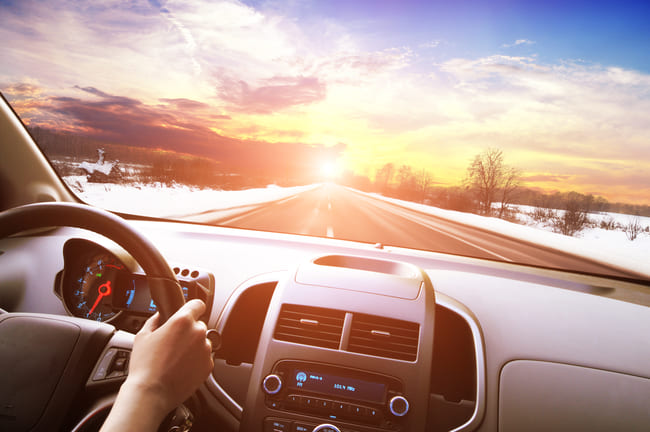
Places where engine braking is prohibited
Some places, particularly in the United States or Canada, will have signs banning engine braking, brake retarders, compression braking, or Jake brakes. This has less to do with safety concerns and is more an issue with noise pollution. Engine braking and especially the equivalent for diesel engines in lorries can be very loud and as such many municipalities ban their use within the limits of their community. The signs don’t warn a driver of danger for their car but of an exceptional hazard for their wallet, should they fail to follow them.
ConclusionTo summarise, engine braking is an alternative means of slowing down your vehicle, though it can’t universally replace depressing the brake pedal and activating the standard braking system. It works by means of creating a vacuum that lowers the energy the car can expend on locomotion. This means of braking is slower than the regular kind and does not lend itself well to emergencies. However, in some situations, it is safer to use this form of braking where conventional brakes are at risk of brake fade, such as when travelling downhill, or when sudden and complete stops to the wheels won’t stop the car’s momentum, such as on slippery roads. Overall, engine braking doesn’t pose a risk to your vehicle’s well-being if performed correctly.


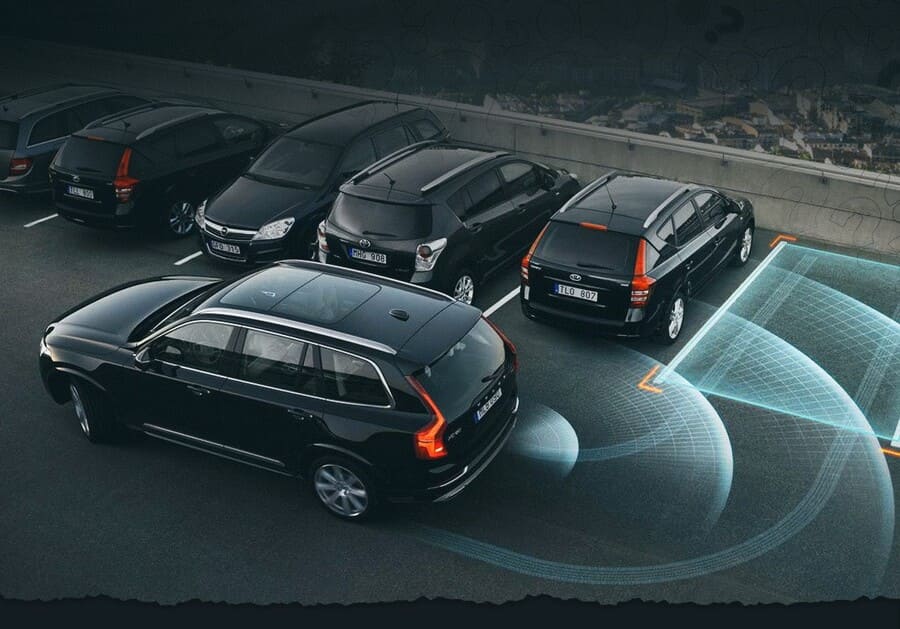

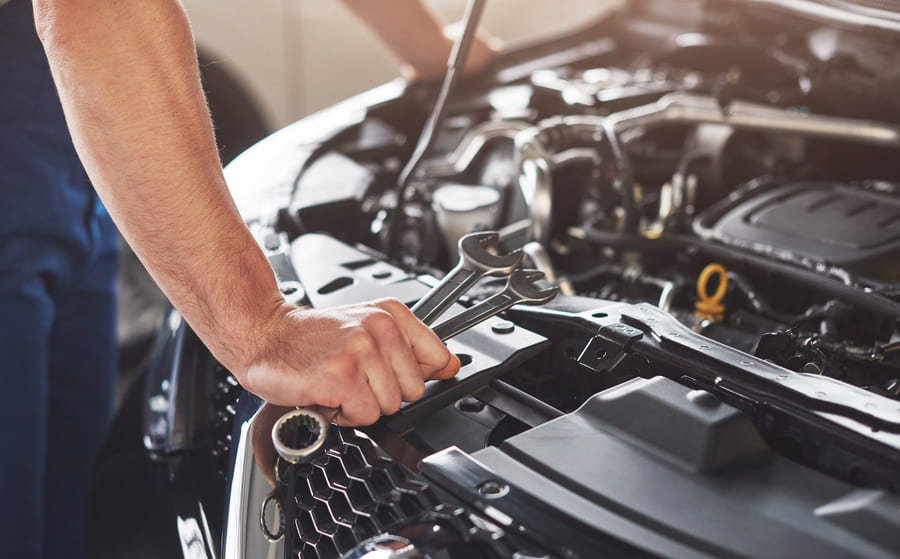


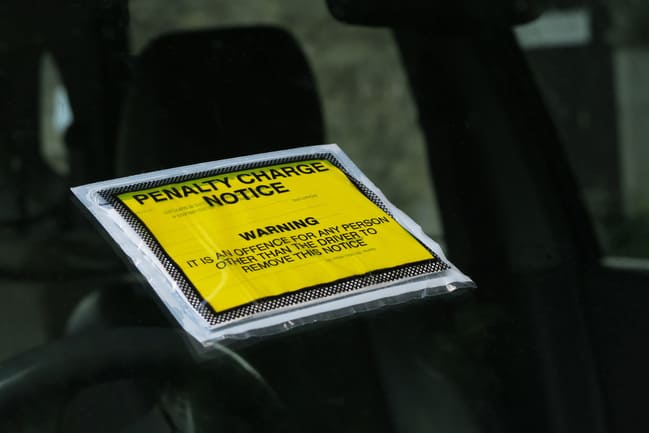
Comment